Red Mulberry Tree (Morus Rubra) – 1 Gallon Pot
$39.97 Original price was: $39.97.$27.98Current price is: $27.98.
SKU: D2LSC 9323823190 Category: NATIVE PLANTS
- Elevate Your Shopping Experience
- Get Quality, Get More
- 7-Day Returns, 100% Quality
- Protect Your Wallet with Safe Payments

Red Mulberry Tree
Morus rubra
Plant Details
USDA Plant Hardiness Zones: 4a-8b Find Your Zone
Plant Type: Deciduous Tree
Height at Maturity: 35-50′
Width at Maturity: 30-40′
Spacing: –
Growth Habit / Form: Broad Rounded
Growth Rate: Moderate to Fast
Flower Color: Gold-Yellow
Foliage Color: Green
Fall Foliage Color: Golden Yellow
Fruit Color: Dark Red
Fruit Size: 1 to 3″
Fruit Size: 1 to 3″
Sun Needs: Full Sun to Partial Shade
Water Needs: Average
Soil Type: Clay, Loam, Silt
Soil Moisture / Drainage: Moist but Well-Drained
Soil pH: 6.0 to 8.0
Attracts: Butterflies, Songbirds
Maintenance / Care: Low
Description
Morus rubra, Red Mulberry, is a North American native tree ranging from the mid-Atlantic to Florida and west to Nebraska and Texas, though today it is an uncommon sight in the landscape. In garden design, the Red Mulberry is used for both its ornamental value and its delicious fruit that tastes like sweet blackberries. The berries can be eaten fresh off the tree or used to make pies, jellies or jams, and in breads, muffins, and cakes. Red Mulberry is also the larval host of Mourning Cloak butterflies and the birds relish the berries. All grown up, this species can reach 50 feet in height but is more often seen at 35 feet or lower with an equal spread.
Note: Red Mulberry can dioecious, meaning male and female flowers are on separate trees, or monoecious, meaning male and female flowers on the same tree. What’s really unusual is that some trees can change from one sex to another. High temperatures, strong sunlight, and long days favor maleness in mulberries, with the opposites, as well as high humidity, bringing out female flowers.
Growing Preferences
Red Mulberry tree is very easy to grow likes an organically rich, moist, well-drained soil in full sun to part shade. That said, it will thrive equally as well in clay soils. The more sun the better for best berry production. Mulberry trees are either dioecious or monoecious, and sometimes a tree even will change from one sex to another. Hight temperatures, strong light, and long days favor maleness in mulberries, with their opposites, as well as high humidity, bringing out female flowers. USDA Zones: 4a-8b Find Your Zone
Helpful Articles
Note: Find helpful advice from our experts under the Planting & Care tab above on desktop screens and below on mobile phones.
Plant Long & Prosper!
Meet The Wilson Brothers & Staff
Questions? Contact Us!
Plant was as described, packed securely no issues.—————————————————–We are so glad you are pleased and we hope you enjoy it for years to come! Thanks for the great review! 🙂 Beth Steele | WBG
Be the first to review “Red Mulberry Tree (Morus Rubra) – 1 Gallon Pot” Cancel reply
Related products
Sale!
NATIVE PLANTS
Sale!
NATIVE PLANTS
Sale!
Sale!
NATIVE PLANTS
Sale!
NATIVE PLANTS
Sale!
Sale!
NATIVE PLANTS
Sale!
NATIVE PLANTS



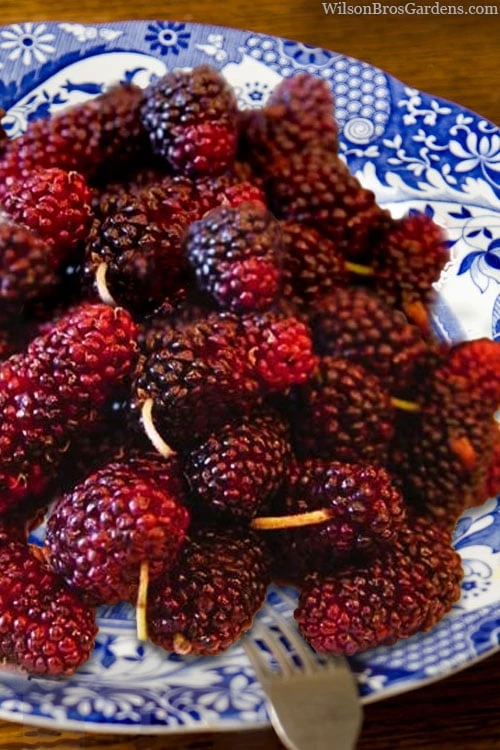
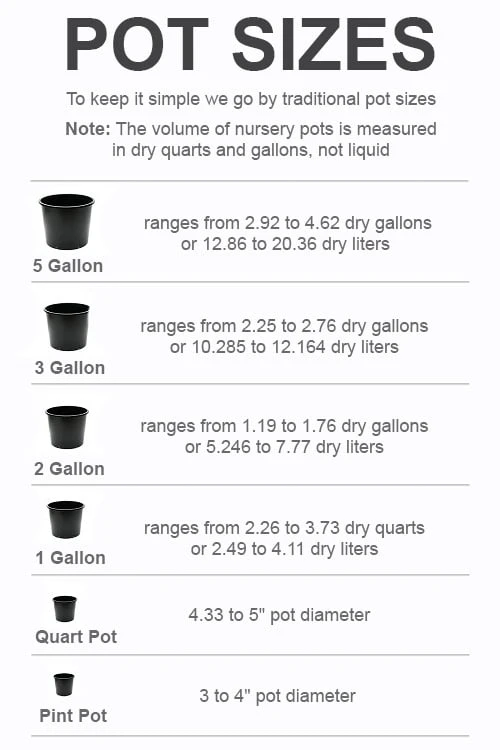



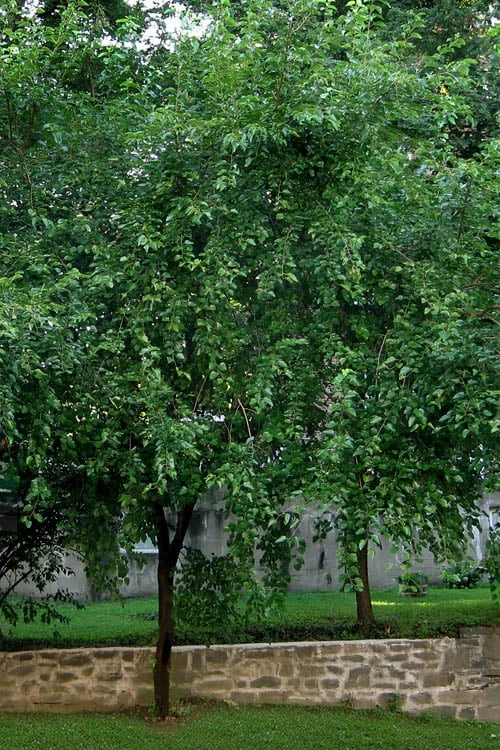
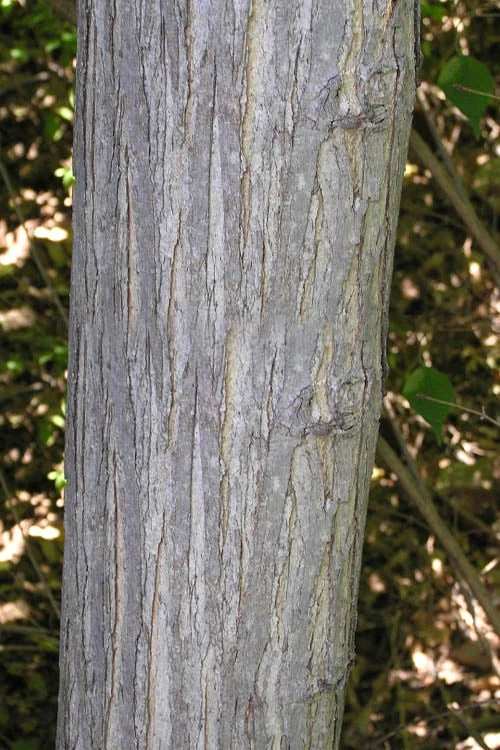
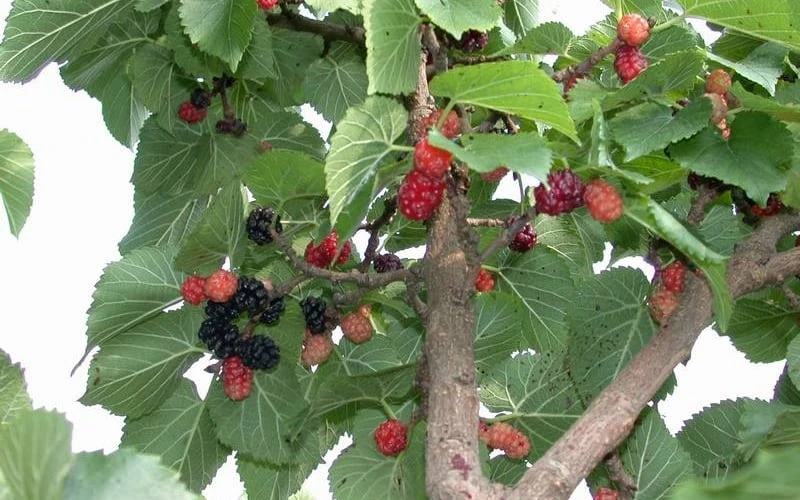




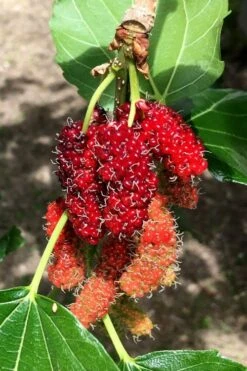





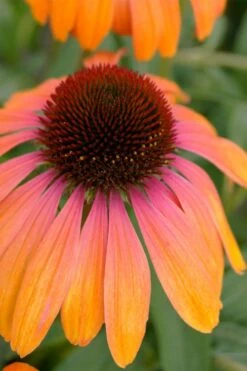
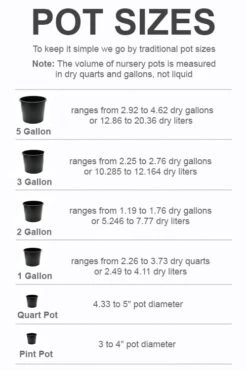

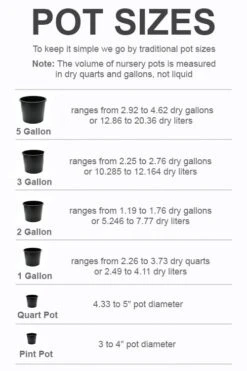

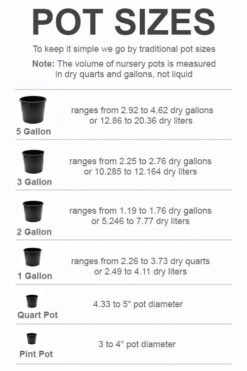
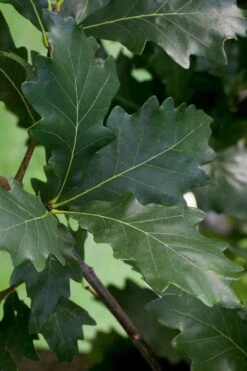
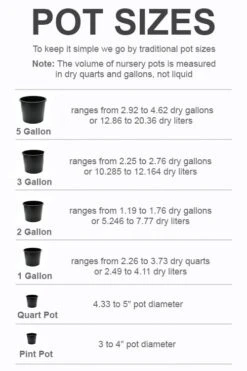
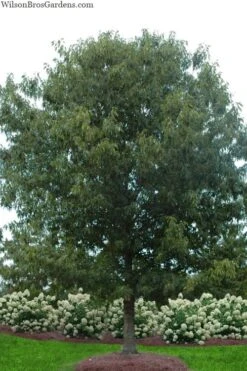

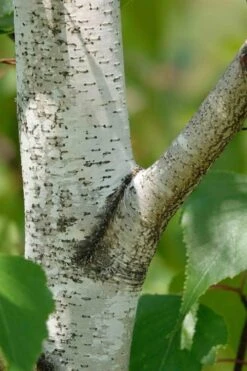


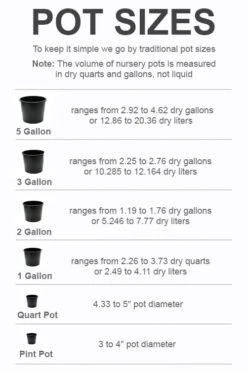
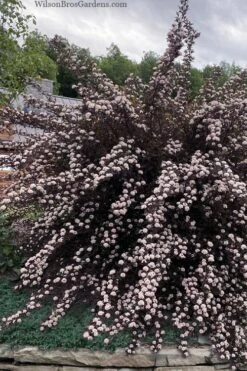
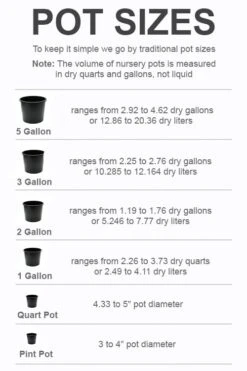
Reviews
There are no reviews yet.